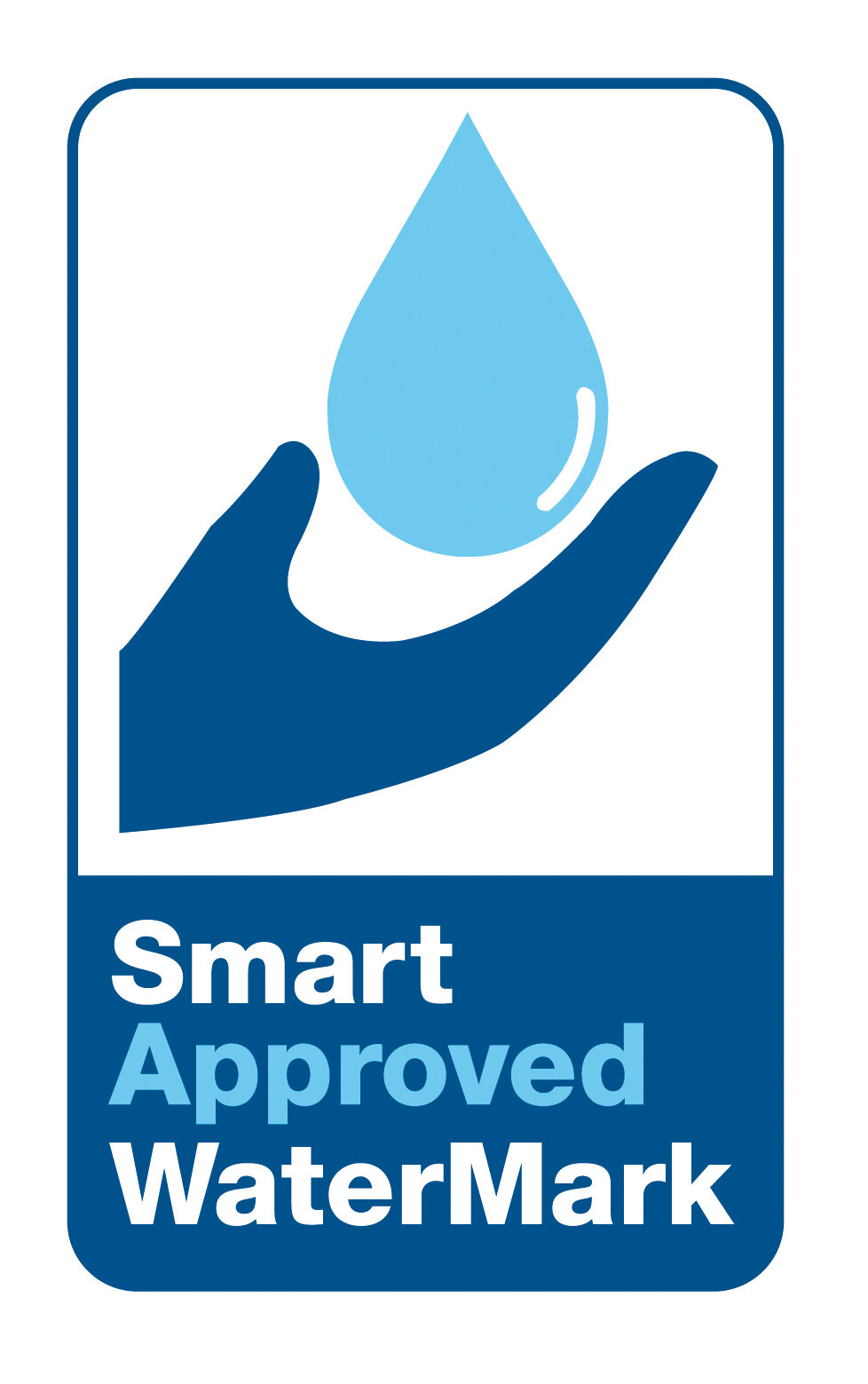It is well-known that prisons cost a lot of money to operate. The average cost of confinement in the U.S., according to most estimates, is around $30,000 per year per inmate. And with an estimated 2.1 million people behind bars in the U.S., you can see just what a staggeringly high price tag this is.
Correctional facilities are essentially small cities. To operate them, along with food service for the inmates and staff, they must pay all the same utility bills that any city – and any resident in that city – would normally have to pay. And this includes water, which can also be a hefty expense for correctional facilities.
Now, you might think that those incarcerated would use less water than someone outside, making water consumption less of an issue. After all, they don’t necessarily have to shower and shave every morning before going off to work, five days per week. Further, in some correctional locations around the country, inmates are only allowed three five-minute showers per week.
But the figures tell us a different story.
Prison operations require substantial financial resources. The average annual cost of incarcerating one person in the United States is approximately $30,000, and with 2.1 million Americans currently behind bars, the total expense is enormous.
Jails function like small cities, requiring the same basic utilities and services. They must provide food service, maintain buildings, and cover standard utility costs, including water bills that can be surprisingly expensive.
One might assume that incarcerated individuals would consume less water than people living freely. After all, they don't need to prepare for daily work routines, and many facilities limit inmates to just three five-minute showers per week.
However, the actual data reveals otherwise.
Prisoners use significantly more water than the average person. The average person uses between 80–100 gallons of water per day, while prisoners use 120–149 gallons per day. Some sources cite a slightly lower range, with "the average prisoner uses 75 to 100 gallons of water per day, with 40 to 50 gallons of that being" for hot water needs.
This higher consumption is counterintuitive given the restrictions on shower frequency and daily routines you mentioned in your original text. Investigators suggest the discrepancy exists simply "because they can" - meaning that when water is available without direct personal cost, people tend to use more of it.
This increased usage helps explain why water costs are such a significant expense for jails, despite the limited shower schedules and controlled environment. The facilities must provide adequate water infrastructure and pay for consumption that exceeds typical residential usage patterns.
















